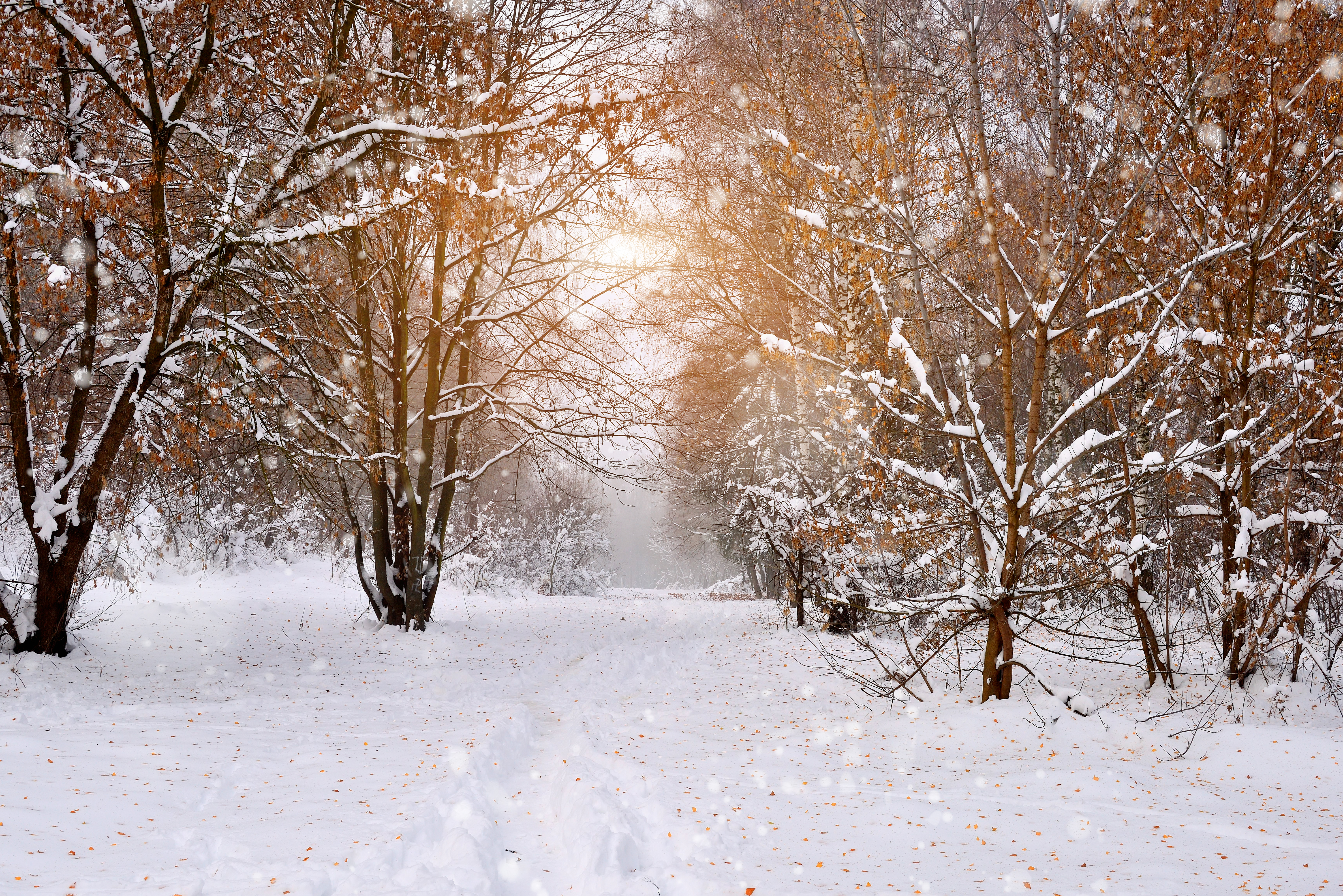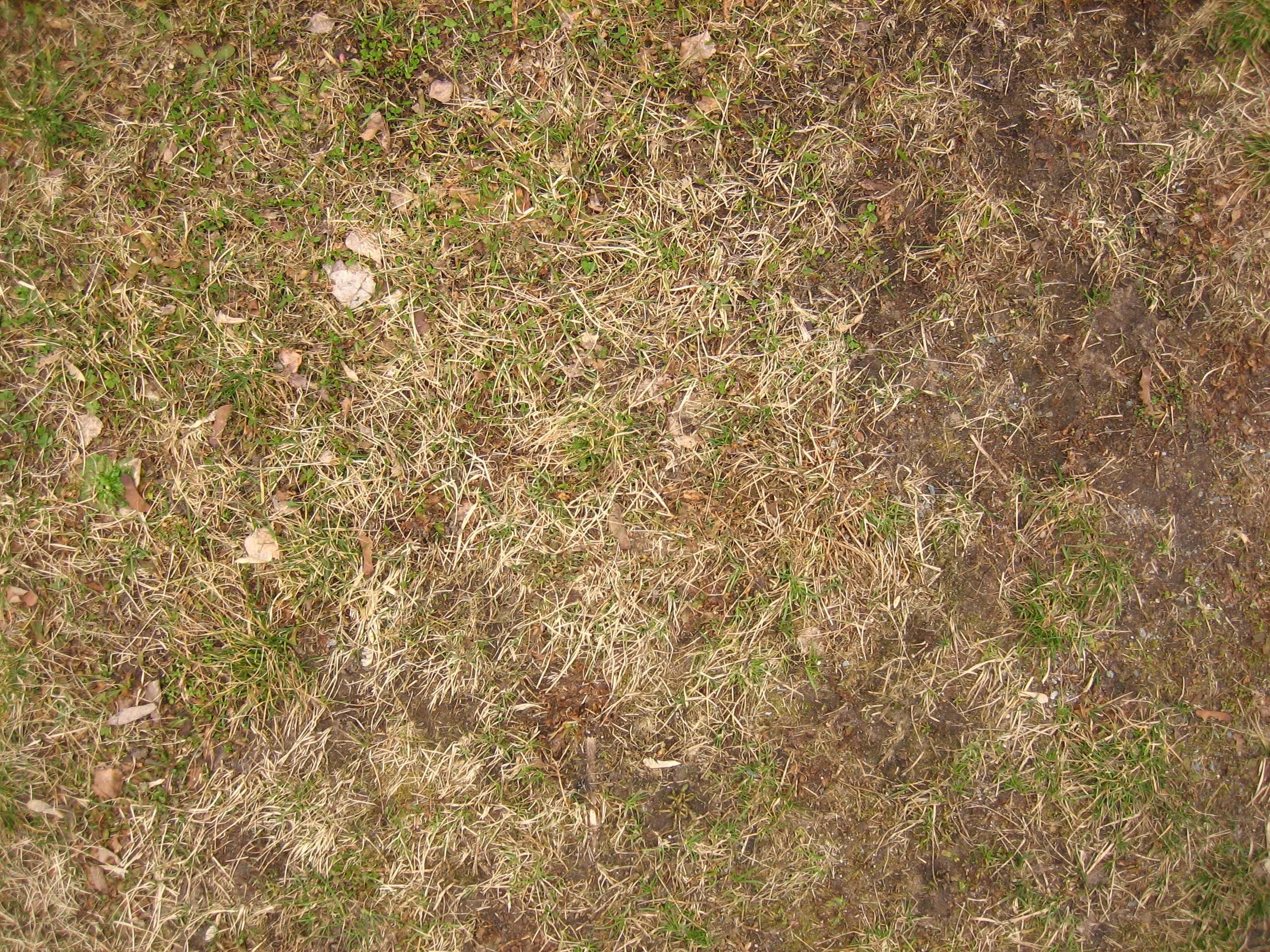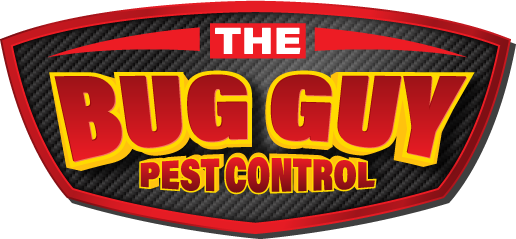
by The BugGuy | Apr 25, 2018 | Bed Bugs, Cockroaches, Insects, Pest Control
Pest Control OKC: What do other pests do in the winter? Pest Control OKC has a few more pests behaviors that let them survive the winter and come back to annoy you in the summer. Mosquitoes: Spend any time outdoors in the summer and you will eventually catch a bite...

by The BugGuy | Apr 18, 2018 | Ants, Pest Control, Termites
Pest Control OKC: What happens to pests in winter? We all know the warmer months are the domain of pests. They seem to pop out of nowhere and invade our homes and BBQ. But why do we typically only have to deal with pests in the summer and spring? What happens to all...

by The BugGuy | Apr 11, 2018 | Cockroaches, Fleas, Flies, Insects, Pest Control, Spiders, Termites, Wasps
Pest Control OKC: How to protect a summer home from infestation You work hard, you save up, and your finally able to afford a summer home somewhere nice. But then you get there to enjoy a vacation you find it overrun with pests! What can you do to make sure that...

by The BugGuy | Apr 4, 2018 | Crane Flies, Insects, Pest Control
Pest Control OKC: How to tell what’s eating your lawn Not all pests are created equal, some pests live underground while other in nests in the trees. Some invade your home while others just carve miles of tunnels into the lawn your worked so hard to make...





